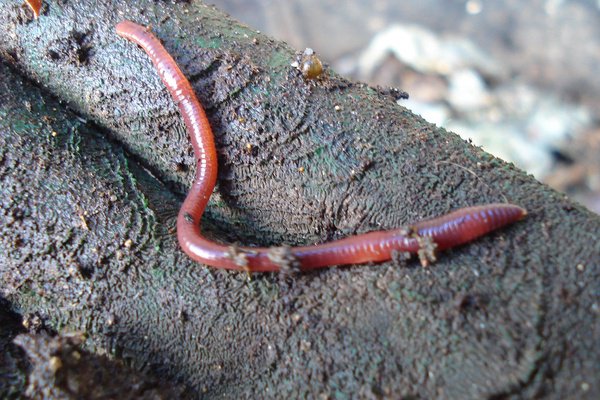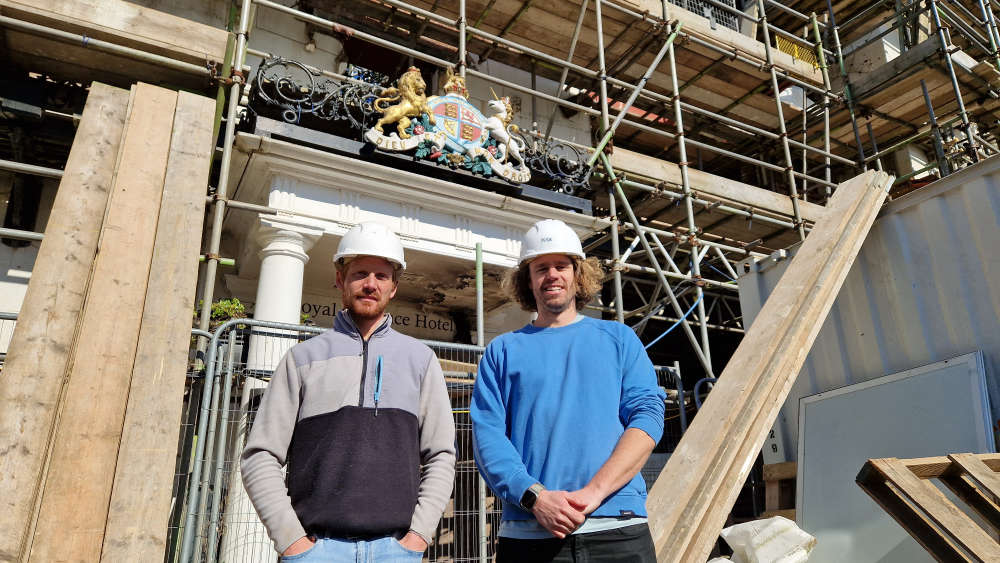
Exeter University and NASA study space station worms
If you find yourself living on a planet with low gravity or on the international space station, Exeter University and NASA GeneLab have done some work to help understand why your body's going through physical decline. Worms have helped. The result could inform plans for deep-space exploration in future, possibly by humans and not just worms.
Scientists studied caenorhabditis elegans worms on the International Space Station and found "subtle changes" in about 1,000 genes. Nervous system cells showed particular change.
"We looked at levels of every gene in the worms' genome and identified a clear pattern of genetic change," said Dr Timothy Etheridge, of the University of Exeter. "These changes might help explain why the body reacts badly to space flight. It also gives us some therapy targets in terms of reducing these health effects, which are currently a major barrier to deep-space exploration."
The study exposed worms to low gravity on the International Space Station, and to high gravity in centrifuges.The high-gravity tests gave the researchers more data on gravity's genetic impacts, and allowed them to look for possible treatments using high gravity in space.
"A crucial step towards overcoming any physiological condition is first understanding its underlying molecular mechanism," said lead author Craig Willis, of the University of Exeter. "We have identified genes with roles in neuronal function and cellular metabolism that are affected by gravitational changes.
"These worms display molecular signatures and physiological features that closely mirror those observed in humans, so our findings should provide foundations for a better understanding of spaceflight-induced health decline in mammals and, eventually, humans."
Dr Etheridge added: "This study highlights the ongoing role of scientists from Europe and the UK in space flight life sciences research."
The study was partly funded by BBSRC.
The paper, published in the journal iScience, is entitled: "Comparative transcriptomics identifies neuronal and metabolic adaptations to hypergravity and microgravity in Caenorhabditis elegans." It will be available at: https://www.cell.com/iscience/fulltext/S2589-0042(20)30931-7
 Schizophrenic knifeman given indefinite hospital order
Schizophrenic knifeman given indefinite hospital order
 Paignton Post Office petition goes to parliament
Paignton Post Office petition goes to parliament
 Fun park shuts two months after opening
Fun park shuts two months after opening
 Work begins on project to rebuild fire-hit Exeter landmark
Work begins on project to rebuild fire-hit Exeter landmark
 Car crashes through wall near Exeter Cathedral
Car crashes through wall near Exeter Cathedral
 Plymouth community group scoops national award
Plymouth community group scoops national award
